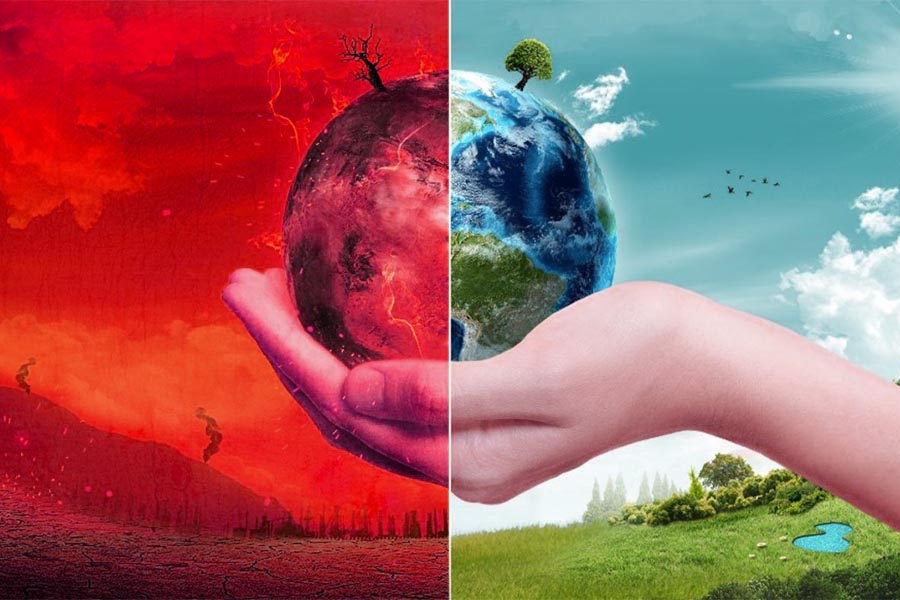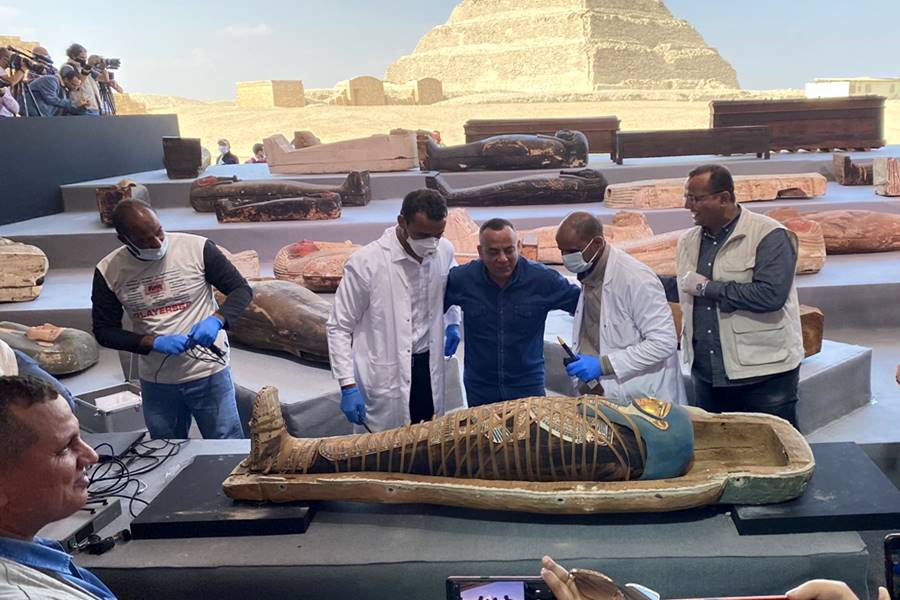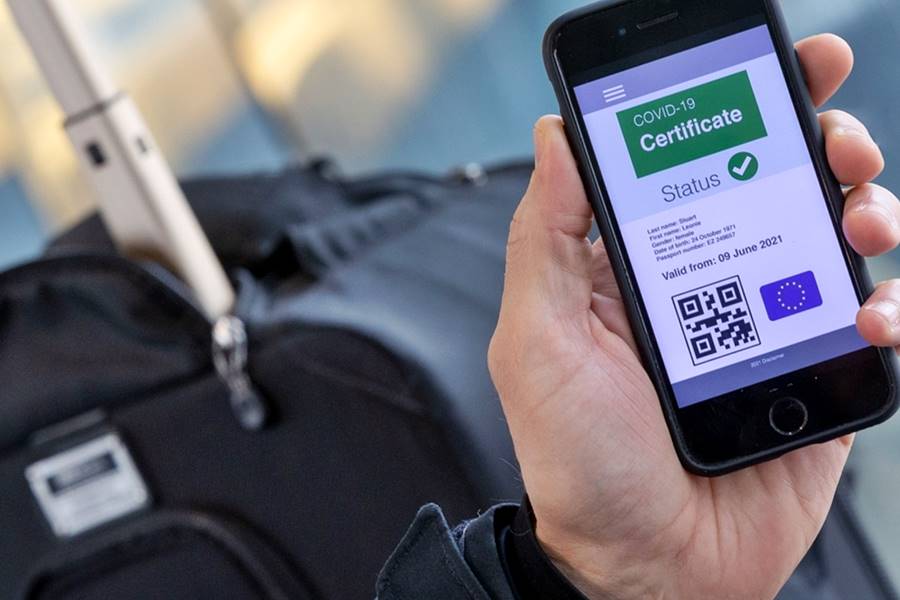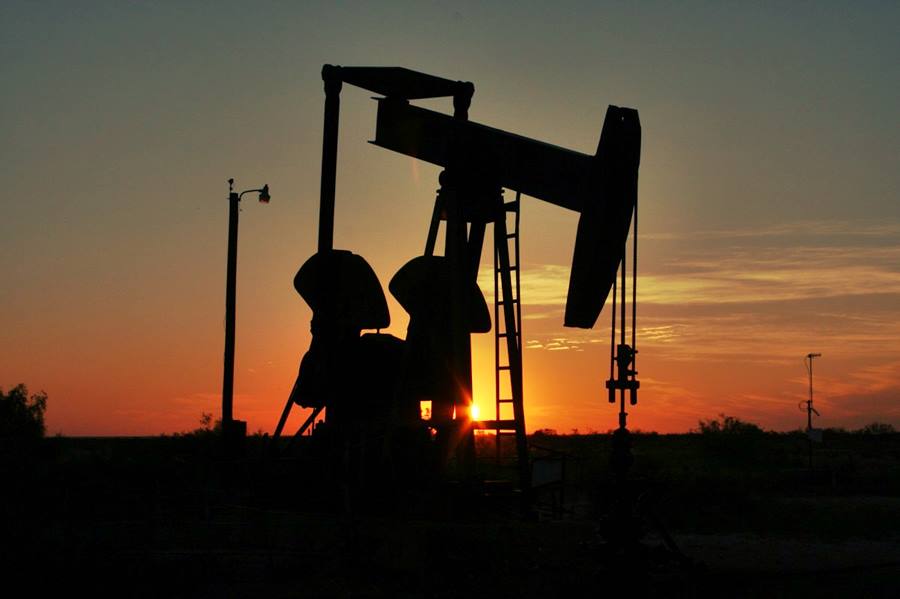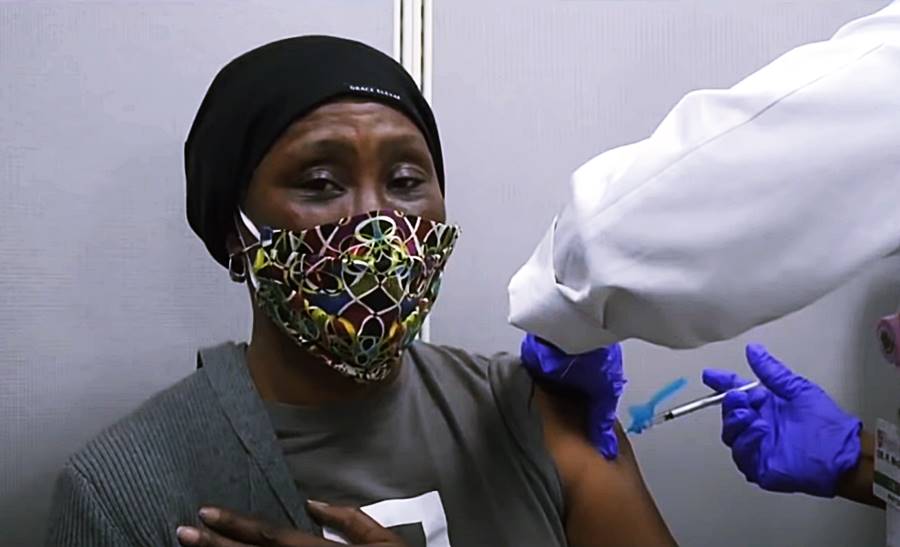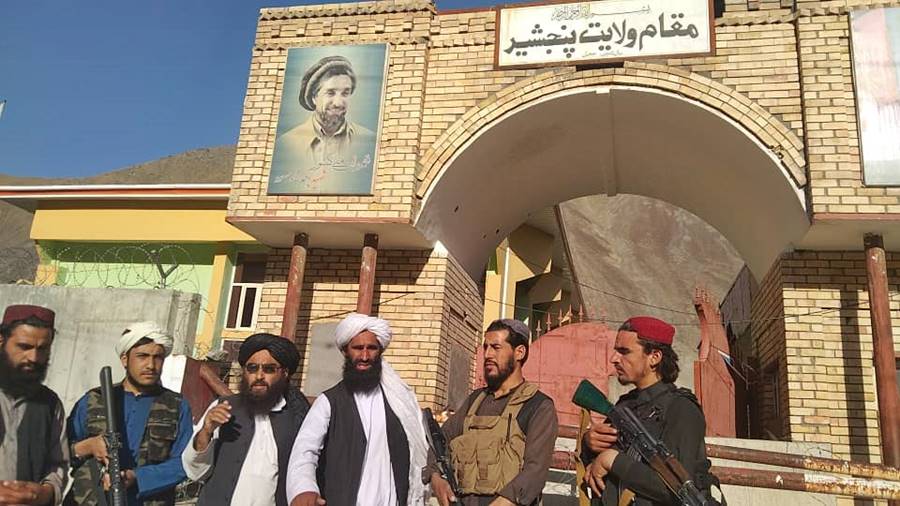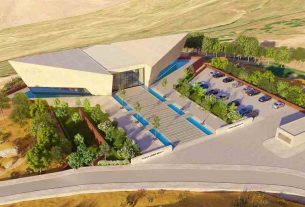Tue 15 December 2020:
The answer is ‘yes,’ with some big ‘if’s. Here are 3 things we must do.
The science is in: We don’t have to accept a fate of gloom and doom for the Earth. This is a hopeful wake-up call, but only if we act with great urgency.
In recent, published research from The Nature Conservancy and 12 peer organizations, science points us to a better path for building a more sustainable, more hopeful future for the Earth.
A future in which catastrophic climate change is kept at bay while we still power our developing world. A future in which we can feed 10 billion people worldwide and provide cleaner, more abundant drinking water while also protecting life-giving lands, lakes and rivers. A future in which nature’s wild heart still beats strong through healthy wildlife and magnificent landscapes while our cities are strengthened by harmony with nature.
A future in which people and nature thrive together. Science shows us this vision of the future is achievable, and we must join together and put all our effort into the big priorities that will make this vision a reality.
The 3 Things We Must Do
The stakes couldn’t be higher. If we follow the path that science shows us, we have the power to save nearly all habitat types across the world’s lands. That’s a huge win for wildlife, birds, plants, insects and the diversity of life that makes our natural world such a treasure.
Urgent action is essential, and we must seize the unprecedented opportunities to change the course of history. The international community is preparing to make path-defining choices for the future, with once-in-a-lifetime agreements that have the power to stop catastrophic climate change and preserve biodiversity on Earth.
This could be the decade we save the planet. But we must follow through on the promises, policies, and collaborative effort needed to protect nature from collapse.
Here are three top ways we need to up-end ‘business as usual’ and act boldly to advance conservation. Read on or check out our interactive graphic of the big impact these solutions can make.
1. Produce More Food on Less Land
Problem:
Today’s version of large-scale agric
ulture is the biggest source of land conversion, drives deforestation that worsens climate change, uses 70 percent of the world’s freshwater supply and relies on fertilizer practices that pollute our waters. As the need to feed a billion more people increases, agricultural expansion could devastate habitats, release even more carbon into the atmosphere, and dry up rivers.

How to fix it:
Produce food where it’s most likely to thrive, which will use less water and less land.
How we’re taking action right now:
We’re analyzing satellite images and local yield potential to pinpoint where soy farming and cattle ranching can expand without destroying nature. This approach is especially vital in Brazil’s Cerrado region, where half of all natural habitat has already been converted to cropland and pasture. Cooperating with farmers on sustainable practices can help save what’s left of the Cerrado’s rich savanna.
2. Eliminate Overfishing
Problem:
Overfishing and poor fisheries management is not only devastating to the fish species being pushed to the brink of collapse. It endangers food webs and ocean ecosystems by disrupting the balance of all sea life. And it threatens billions of people who rely on seafood as an important source of livelihood and animal protein. Without serious changes, 84 percent of the world’s fish stocks will be in peril in our lifetime.
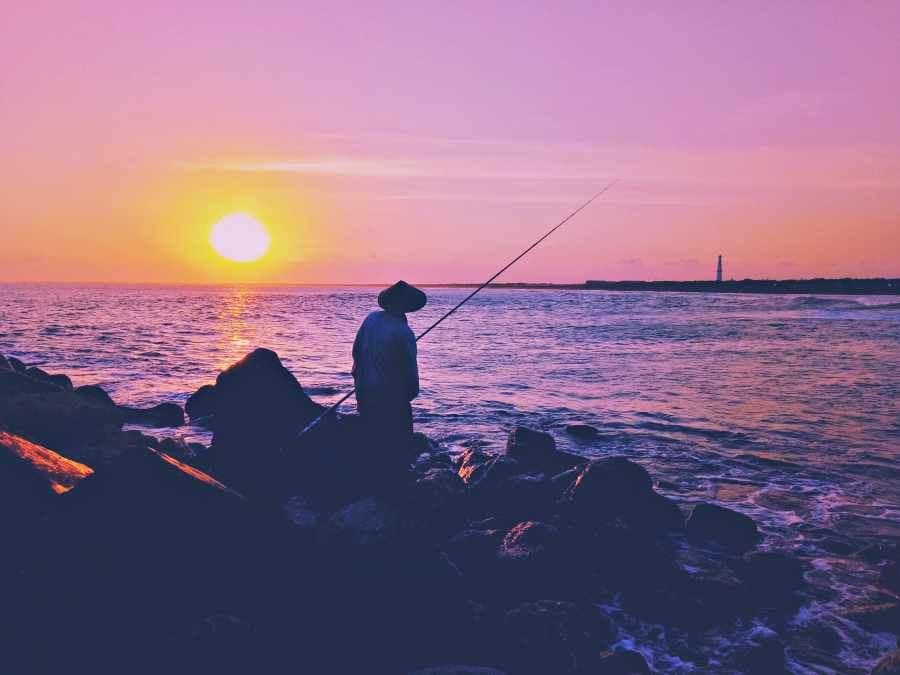
How to fix it:
Refine our fishing methods to only take what the fish populations can tolerate now, so our oceans can be more abundant and healtheir in the future.
How we’re taking action right now:
We’re making it fast, easy and affordable for fishers to use data to manage their catches more sustainably. Like image recognition software, FishFace technology we’re pioneering in Indonesia uses artificial intelligence and machine learning to identify fish species and track their numbers so fishers can avoid catching too many or the wrong kind.

3. Increase Clean Energy
Problem:
Climate change is the single most serious threat facing our planet today. We must reduce carbon emissions to, or below, levels agreed to in the Paris Climate Agreement to prevent catastrophic harm. And with global energy demand expected to increase 56 percent over the next couple decades, it will be impossible to meet those emissions targets if we stick primarily with traditional fossil fuels.
How to fix it:
Shift 85 percent of the world’s energy supply to non-fossil fuel sources and invest in strategies like reforestation that capture carbon dioxide.
How we’re taking action right now:
We’re championing regulations that allow former mining lands to be repurposed for solar and wind energy. Tens of thousands of acres of degraded mine sites in Nevada’s Great Basin are now available for renewable energy development. By targeting already-disturbed land, new turbines and solar panels won’t need to destroy more natural habitat.
We truly do have the power to build a future in which nature and people can thrive together.
A more sustainable path is possible. But we need to rally individuals, governments, companies and communities around the world to take action with us. Sign our pledge today and add your name in support of our audacious path to a sustainable planet. When we’re at the table with leaders around the world, it gives us great strength to show how many people are with us.
Article originally Published in Nature.org CLICK HERE

FOLLOW INDEPENDENT PRESS:
TWITTER (CLICK HERE)
https://twitter.com/IpIndependent
FACEBOOK (CLICK HERE)
https://web.facebook.com/ipindependent
Think your friends would be interested? Share this story!


